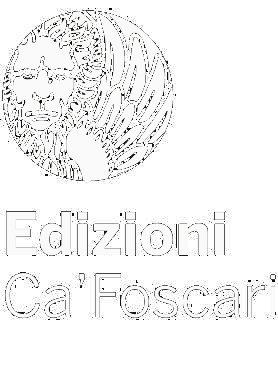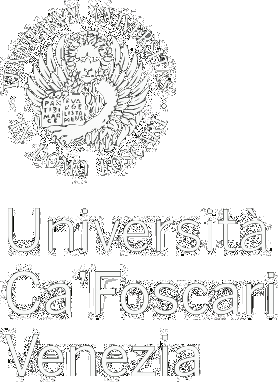Journal | Archivio d’Annunzio
Journal issue | 7 | 2020
Research Article | Cabiria, opera d'arte autonoma
Cabiria, opera d'arte autonoma
Abstract
Cabiria is ‘an autonomous work of art’, between aesthetical and stylistic peculiarities. In order to legitimately recognise these specificities, we should not exalt the high level of the technical cleverness mixed with ‘tricks’ or mechanisms of technological artificiality. On the contrary, we should – first and foremost – be aware of the identity of the movie, expression of the figurative art which combines painting, sculpture, architecture, theatre and cinematograph, constitutive nucleus of a poetics of the marvellous, created by d’Annunzio’s fervid fantasy and by the director Pastrone, invention – though in a real historical context – precise as regards the chronological limits, of forms, visible signs, allegories and symbols of the Jungian ‘collective subconscious’. Visions of a tangible reality, concrete, recovered by the truth, but raised to the realm of dream, in the oneiric atmosphere of the unreal, conquer the human sensibility. It is like the idea by de Chirico, who thinks the picture as a mental theatre, stage and ideal container of a moving drama that conveys the familiarity of the represented environment with figurative clarity. Thus, the work of the master-director-demiurge becomes an organic solution of all the arts between innovation and modernity.
Submitted: Feb. 29, 2020 | Accepted: June 1, 2020 | Published Oct. 22, 2020 | Language: it
Keywords Pastrone • Modernity • Cinema • Innovation • d’Annunzio • Cabiria
Copyright © 2020 Carlo Santoli. This is an open-access work distributed under the terms of the Creative Commons Attribution License (CC BY). The use, distribution or reproduction is permitted, provided that the original author(s) and the copyright owner(s) are credited and that the original publication is cited, in accordance with accepted academic practice. The license allows for commercial use. No use, distribution or reproduction is permitted which does not comply with these terms.
Permalink http://doi.org/10.30687/AdA/2421-292X/2020/01/007





